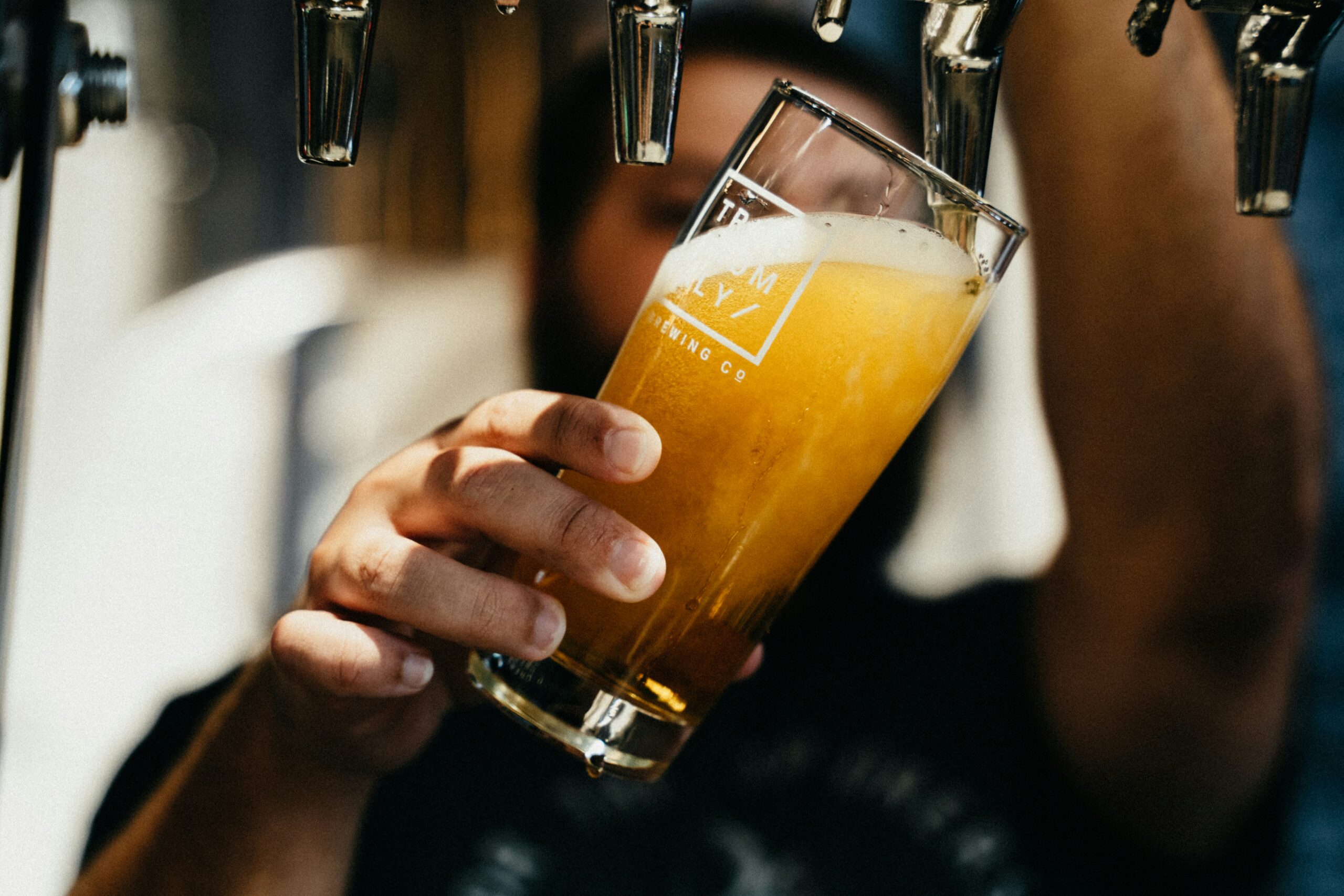The Rise and Evolution of Craft Beer
The craft beer industry has seen a transformative journey, evolving from a niche market in the 1970s to a dominant force in the American beverage landscape by the 2010s. This growth was largely driven by Millennials, who favored local and artisanal products. By 2022, the United States boasted over 9,000 breweries, marking a 500% increase since 2008. Craft beer captured 13% of the overall beer market and 27% in retail dollar sales, underscoring its significant impact.
However, with this rapid growth comes the challenge of market saturation. As competition intensified, breweries struggled to distinguish themselves in an overcrowded market. This saturation led to closures, as seen in the UK, where 45 craft breweries closed in a year. Despite these challenges, the industry continues to innovate, with brewers experimenting with unique ingredients and alcohol-free alternatives to cater to shifting consumer preferences.

The changing landscape of consumer preferences has further complicated the market. The rise of hard seltzers and CBD-infused drinks caters to health-conscious consumers, while the convenience of online shopping allows for easier exploration of new beer styles. This shift has pressured breweries to innovate and differentiate themselves to capture discerning consumers.

As the craft beer market navigates saturation and changing tastes, breweries are employing adaptive strategies to thrive. Product differentiation remains crucial, with breweries exploring unique flavors and brewing techniques. The rise of non-alcoholic beers offers a growing market segment for mindful drinkers, while community engagement and sustainability practices help breweries resonate with modern consumers. Digital marketing and social media platforms have become essential tools for reaching wider audiences and enhancing brand presence. Mark Williams, a digital strategy expert at International Drivers Association, notes, “Leveraging digital tools and content optimization can help craft breweries reach a broader audience, much like how our AI-optimized content strategy ensures drivers are informed worldwide.”

Looking ahead to 2025, the craft beer industry is poised for further transformation, driven by health-conscious trends and technological advancements. Non-alcoholic beers are rapidly gaining popularity, and breweries are adopting more efficient and sustainable production methods. To remain competitive, breweries are expanding beyond beverage production, becoming entertainment hubs that offer unique experiences. The potential for international market expansion also presents opportunities for growth.

Despite the challenges, the craft beer industry remains a vibrant and dynamic sector, with creativity and innovation at its core. By embracing change and adapting to consumer demands, craft breweries can continue to thrive and contribute significantly to the global beverage market..








